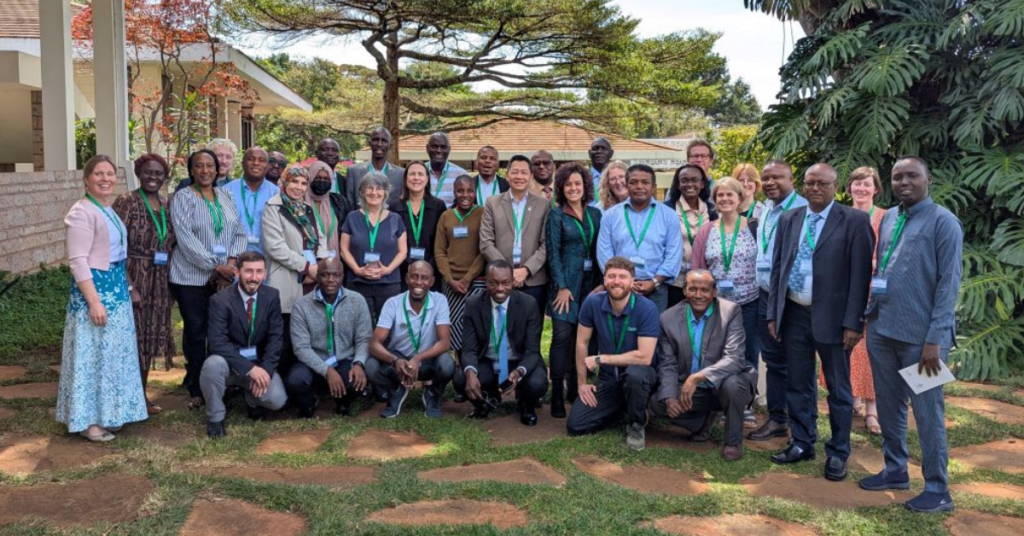Fat cats – what can they tell us about human obesity, and vice versa?
It’s estimated that between a third and two thirds of pet cats are overweight, depending on the assessment method used. Cats suffer from obesity and diabetes mellitus in ways that are very similar to the obesity and type 2 diabetes found in humans. But can these similarities tell us anything useful about how to tackle…
One Health and One Welfare for all
By Rebeca Garcia Pinillos “Health for all” has been the guiding vision of the World Health Organisation (WHO) for more than seven decades, underpinning the principle that “all people should be able to realize their right to the highest possible level of health”. This of course includes both health and welfare, terms that are intrinsically…
One Health: free online course from FutureLearn features CABI authors
One Health is about connectedness: "the collaborative efforts of multiple disciplines working locally, nationally, and globally to attain optimal health for people, animals, plants and our environment”. On One Health Day, November 3rd 2016, CABI's editors held a One Health (#OneHealth) Blogathon to focus attention, contributing a total of 6 blogs to Handpicked… and Carefully Sorted, each…
How soil health is integral to One Health
One of a series of blogs written by CABI editors for One Health (#OneHealth) Day on November 3rd 2016 "It is difficult to rate the importance of the different soil functions, since all are vital to our well-being to some extent. However, the function of supporting food and agriculture worldwide is fundamental for the preservation and advancement of…
‘One health’ and the economics of the human animal bond.
One of a series of blogs written by CABI editors for One Health Day November 3rd 2016 The term ‘One health’ was created to emphasise the fact that health of humans and animals were inter-linked and that the control of zoonotic diseases is best achieved by breaking down the barriers between human and veterinary medicine, developing…
‘One Welfare’ complements ‘One Health’
Image: Leroy Skalstad, Pixabay.com One of a series of blogs written by CABI editors for One Health Day on November 3rd 2016 While ‘One Health’ is a well-established concept, a new term ‘One Welfare’ is also emerging, extending the One Health theme beyond physical health and recognising that animal welfare and human wellbeing are intrinsically…





